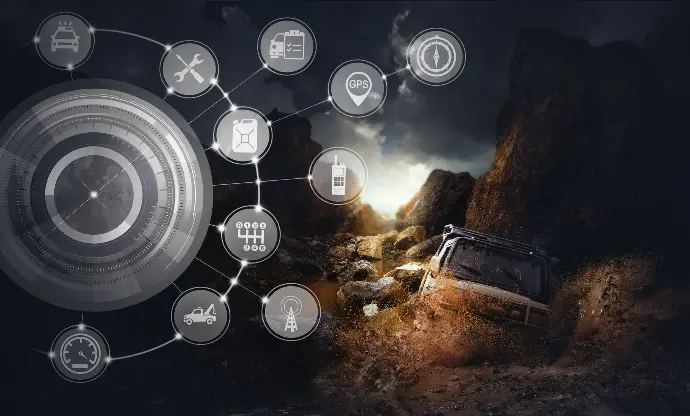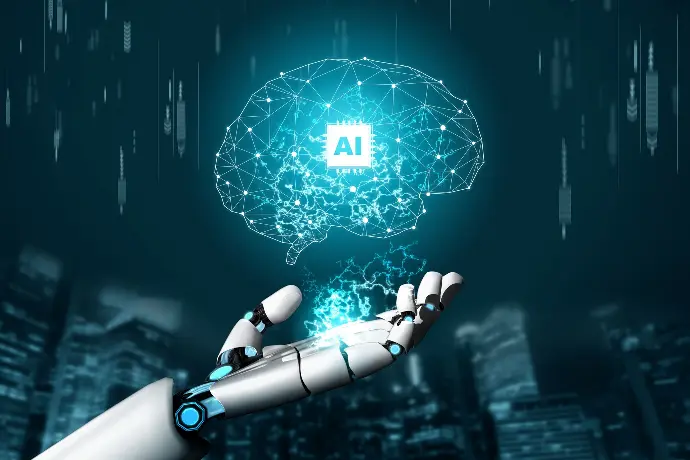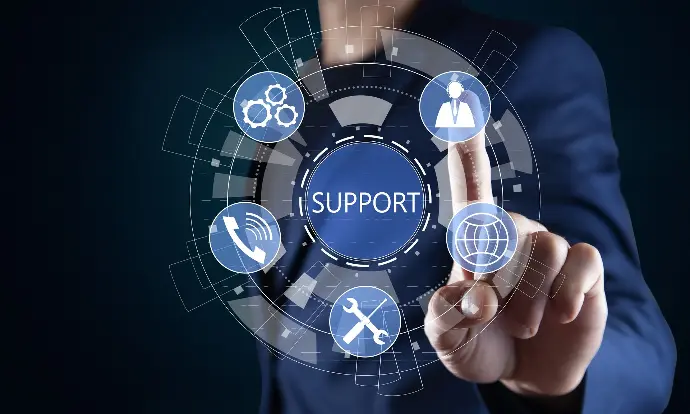Services

Process Discovery and Mining
- Task Mining: Analyzing user activities and patterns to identify potential automation opportunities.
- Process Mining: Identifying, monitoring, and improving processes based on data collected from event logs.

Intelligent Document Processing (IDP)
- OCR Services: Leveraging Optical Character Recognition (OCR) technology to convert different types of documents, such as scanned papers, PDF files, or images captured by a digital camera, into editable and searchable data.
- Natural Language Processing (NLP): Analyzing and understanding human language, facilitating the processing of unstructured data.

Robotic Process Automation (RPA)
- Bot Development: Designing, developing, and deploying bots to automate repetitive tasks.
- Bot Orchestration: Managing and scheduling bot activities from a centralized platform.

Integration and API Services
- API Management: Managing APIs effectively to facilitate integration between different systems and services.
- Integration Platform as a Service (iPaaS): A platform offering a suite of cloud services enabling users to create, manage, and govern integration flows.

Monitoring and Analytics
- Real-time Monitoring: Monitoring the performance of automated processes in real-time.
- Business Analytics: Leveraging analytics tools to analyze business data and generate insights.

Support and Maintenance
- Technical Support: Providing technical support to address issues and ensure smooth operation of hyperautomation solutions.
- Maintenance: Offering maintenance services to ensure the long-term sustainability of hyperautomation solutions.
Service Methodology
1. Discovery Phase
- Requirement Gathering: Start with a comprehensive collection of all necessary business requirements through interviews, surveys, and document analysis.
- Stakeholder Engagement: Involve all stakeholders to understand their needs, expectations, and pain points.
2. Assessment Phase
- Gap Analysis: Conduct a gap analysis to identify the current state of affairs and what is needed to reach the desired goals.
- Risk Assessment: Carry out a risk assessment to understand and mitigate potential risks at an early stage.
3. Planning Phase
- Project Planning: Create a robust project plan outlining the scope, timelines, and resources needed.
- Resource Allocation:Allocate the necessary resources including a skilled team, technologies, and tools.
4. Design Phase
- Solution Architecture: Develop a solution architecture that aligns with the business objectives and leverages the right technologies.
- Prototype Development: Create prototypes to give stakeholders a preliminary view of the solution.
5. Development Phase
- Agile Development: Employ agile development practices to foster adaptability and continuous improvement.
- Collaborative Development: Encourage collaborative development, ensuring all team members work synergistically.
6. Testing Phase
- Quality Assurance (QA): Implement rigorous QA procedures to ensure the solution meets the requisite standards.
- User Acceptance Testing (UAT): Facilitate UAT to ensure the solution meets user expectations and business needs.
7. Deployment Phase
- Pilot Deployment: Initially deploy the solution in a controlled environment to gauge its performance and gather feedback for improvements.
- Full-scale Deployment: After successful pilot deployment, proceed with full-scale implementation, ensuring seamless integration with existing systems.
8. Training and Handover Phase
- Training: Offer comprehensive training programs to ensure all users are well-acquainted with the new system and can use it effectively.
- Documentation: Provide detailed documentation, including user manuals and technical guides.
9. Maintenance and Support Phase
- Regular Updates: Offer regular updates to keep the system aligned with changing business needs and technological advancements.
- Support Services: Provide ongoing support services to address any issues and ensure smooth operations.
10. Continuous Improvement
- Feedback Loop: Establish a feedback loop with users to gather valuable insights for further improvements.
- Performance Monitoring: Monitor the system’s performance continually, making necessary adjustments for optimum results.
Closing
Conclude the project formally, recognizing the efforts of the team and formally handing over the solution to the client, while establishing a roadmap for future collaborations and enhancements.